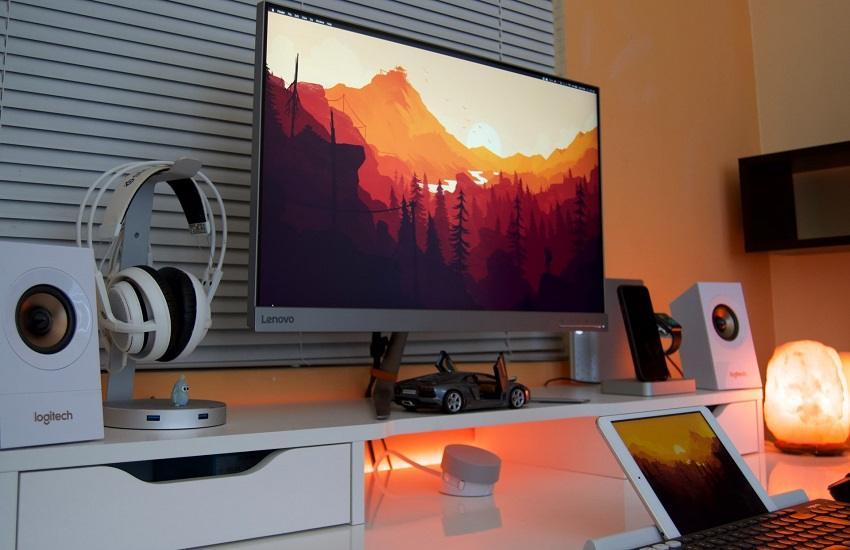8 Best Practices for Video Conferencing Etiquette
Published: May 12, 2020

Video conferencing has taken the business world by storm in 2020. No one could predict this trend, but the fact remains that now we all need to get used to brand new daily habits and professional procedures.
The questions we are asking you here are these: Have you acquainted yourself with video conference etiquette yet? Do you know how to prepare for a video conference? If you cannot answer both questions clearly, keep reading to learn the best practices of video conference etiquette.
1. Prepare on time.
The number one rule of video conferencing is to prepare on time by testing the equipment and checking that everything functions properly. The worst thing that can happen is to start a conference and realize that your Internet connection is not good or that your microphone is not working.
2. Pay attention to the camera angle.
Video conferences are similar to face-to-face meetings, so you need to pay attention to the angle of your camera. Place it at eye level or slightly above because it will help you to create a notion of eye contact.
3. Look straight at the camera.
This tip is closely related to the previous one. Namely, many users make video conferencing awkward and unnatural because they look at their own images on the laptop instead of the camera. It’s a surefire way to make your speech look silly, so do your best to ignore your image and look directly at the camera.
4. Adjust the environment and make it look professional.
You are probably in your room during the video conference, so do your best to adjust the environment and make it look as professional as possible. Here are a few suggestions:
- The room should be well-lighted and bright enough.
- Remove casual wall decorations and paintings that look too strange or unusual.
- If needed, use a virtual background image instead of showing your room.
5. Eliminate background noise.
Do your best to cut the noise and let other participants speak without interruptions. If you are not speaking, mute the microphone. Besides that, remind your roommates or family members not to enter the room while you are video conferencing.
6. Dress professionally.
The fact that you are working from home doesn’t give you a free pass to look sloppy and messy. On the contrary, you need to dress professionally and look like you would in a face-to-face meeting or interview. Exceptions are allowed only if you know that all the other participants will dress casually.
7. Avoid multitasking.
How do you feel when people don’t pay attention to what you’re saying? You probably feel annoyed. Well, the same goes for video conferences and their participants, so you have to pay attention and avoid multitasking in the background. Don’t text or answer emails when you're not speaking, but rather focus on your colleagues as you would in an in-person meeting.
8. Don’t interrupt and ask questions via live chat.
Almost every video conferencing tool comes with a live chat platform. You should take advantage of it when asking questions so that you don't interrupt the speaker. They will be notified that there are questions and will answer them when they are ready.
Leon Collier is a blogger and a college paper helper from the UK. Leon is a passionate writer whose interests include everything from pop-culture and history to travel and digital marketing. He enjoys reading and playing tabletop games on Saturday with his friends. Follow him on Twitter @LeonCollier12
